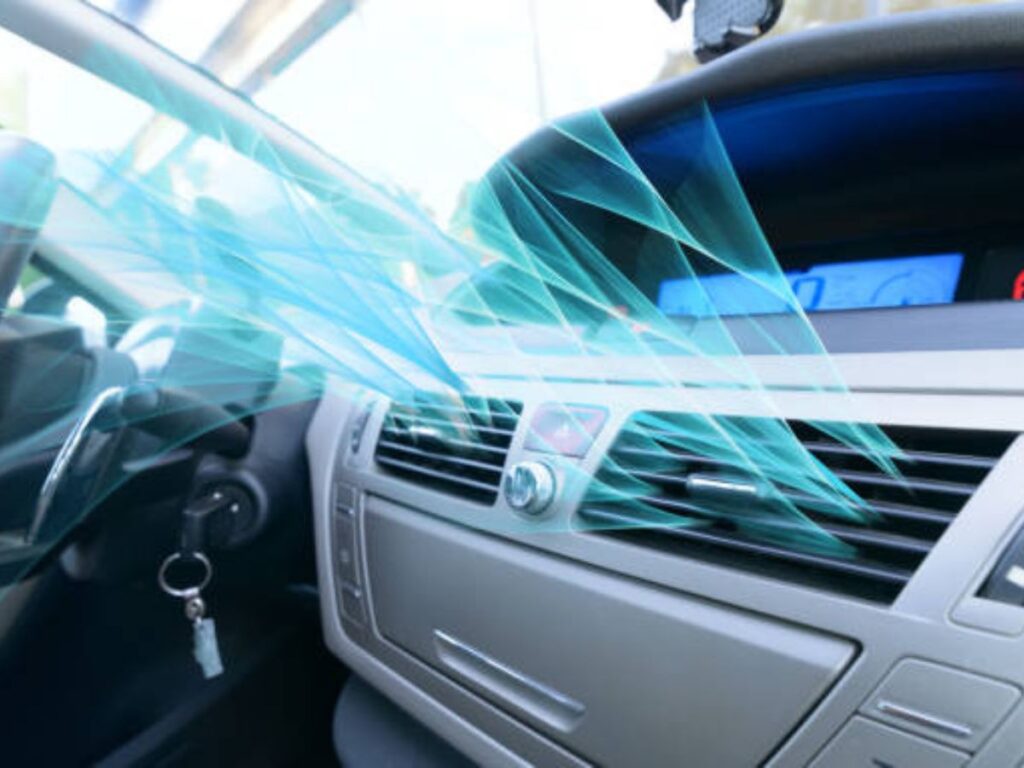When something goes wrong with a system, device, or procedure, you perform troubleshooting to figure out what went wrong and how to fix it. The process entails identifying the root of an issue and developing a plan to fix it. Software, hardware, and network systems are just a few of the many places where troubleshooting can be put to use. The point of troubleshooting is to get things back to normal as soon as possible. Identifying the source of a problem and applying the right fix usually requires a methodical approach.
Table of Contents
ToggleWhat is troubleshooting examples?
Examples of troubleshooting include:
- Fixing a software issue – resolving a software bug, such as an error message or a programme crash.
- Resolving a hardware issue – repairing a broken piece of hardware, like a printer or a computer with a failing hard drive.
- Debugging a network problem – Figuring out what’s causing a network issue, such as a sluggish internet connection or an outage, and fixing it.
- Solving an electrical issue – Repairing a faulty circuit or pinpointing the source of a power outage are all examples of electrical problems that can be resolved.
- Repairing a mechanical issue – Fixing a mechanical problem, like a faulty car engine or a malfunctioning piece of factory equipment.
- Resolving a customer support issue – Repairing a billing or product-related problem for a customer is an example of a customer support issue.
These are just some of the many issues that can be addressed by employing troubleshooting techniques. In order to get things back to normal, you need to do some troubleshooting.
What are the 4 steps of troubleshooting?
The four steps of troubleshooting are:
Identify the problem:
The first thing to do is figure out what the problem is so you can start fixing it. The first step is to define the issue precisely and collect relevant data on it.
Gather information:
Collect Data Once the faulty system, device, or procedure has been isolated, additional data must be gathered about it. Logs, error messages, and other data may need to be analysed for this purpose.
Isolate the root cause:
The next thing to do is to figure out what exactly is causing the issue. The next step is to narrow down the possible cause of the problem by eliminating potential causes using the information gathered in step two.
Implement a solution:
The final step is to put into action a fix that will permanently fix the problem. To do this, it may be necessary to install a patch, upgrade the software, or swap out the hardware. After applying a fix, you should make sure the system, device, or process is back to normal by testing it.
These four procedures constitute the backbone of a methodical approach to troubleshooting and can be used with a wide variety of issues and systems.
What is troubleshooting tools?
Diagnostic and repair issues with a system, device, or process with the help of troubleshooting tools. Examples of typical diagnostic equipment include:
System logs:
These files contain information about the system’s operations and can be used for troubleshooting purposes.
Debugging tools:
software problems can be identified and fixed with the help of debugging tools. Instances of this category include debuggers, core dump analyzers, and leak detectors.
Network tools:
network tools are used to detect and fix network problems. Networking tools such as ping and traceroute as well as network analyzers are good examples.
Hardware diagnostic tools:
Hardware diagnostic tools are used to detect and repair hardware failures. Hardware testing equipment and system analysis programmes are two such examples.
Remote access tools:
remote access tools, which allow technicians to remotely access a system or device to diagnose and fix problems.
Performance monitoring tools:
Performance monitoring tools are used to monitor system activity and alert users to any problems that may arise.
These are only some of the many diagnostic resources available. Which tool is used to solve a problem will vary according to the nature of the problem and the system or device being investigated.
Troubleshooting problems
Fixing a malfunctioning system, gadget, or procedure requires a methodical approach that begins with the isolation of the problem and ends with its resolution. In most cases, this procedure entails the following steps:
- Identify the problem: Identifying the problem to be fixed is the first step.
- Gather information: Get your hands on as much data as you can about the issue at hand. Reviewing logs, error messages, and other data may be necessary for this purpose.
- Isolate the root cause: Based on what you learned in Step 2, narrow down the list of possible explanations until you’ve zeroed in on the true origin of the issue.
- Implement a solution: Once the cause of the problem has been determined, the next step is to implement a solution.
- Test the solution: Put the answer to the test Verify by testing that the problem has been fixed and that normal operation of the system, device, or process has resumed.
Complex and time-consuming as troubleshooting may be, it is possible to identify and correct a wide variety of problems with the right approach. Sometimes more advanced equipment or resources are required for problem diagnosis and fixing.
What are the types of troubleshooting?
There are several types of troubleshooting, including:
Technical troubleshooting:
technical troubleshooting is the process of diagnosing and fixing technical problems with a product, service, or operation. The work may involve fixing software flaws, repairing a faulty network, or replacing faulty hardware.
Process troubleshooting:
process troubleshooting,” refers to the process of fixing workflow issues. The solution may lie in eliminating inefficiencies or mending broken procedures.
User troubleshooting:
user troubleshooting involves fixing problems that end users encounter while making use of a product or service. Compatibility problems between programmes, user mistakes, and connectivity problems are all examples of things that need fixing.
Network troubleshooting:
Computer network troubleshooting is the process of identifying and fixing problems in a network. This may involve troubleshooting and correcting network configuration problems, diagnosing and correcting connectivity issues, or addressing performance issues.
Database troubleshooting:
Database troubleshooting entails fixing problems with databases like slow performance, poor connectivity, and corrupted data.
Security troubleshooting:
When a system, device, or process has a security problem, it must undergo security troubleshooting to fix the problem. This may involve finding and fixing security flaws, handling security incidents, or setting up safeguards.
Performance troubleshooting:
Troubleshooting performance issues is the process of enhancing the efficiency of a system, device, or process. Finding and fixing performance bottlenecks may require adjusting system settings or configuring optimally.
These are only some of the major types of troubleshooting. Both the nature of the problem and the system, device, or process being troubleshot will determine the approach taken to fixing it.
What is a troubleshooting checklist?
Whenever there is an issue, it is always helpful to have a list of things to check off as you go along the process of fixing it. Here’s an example of a checklist you might use when fixing a problem:
- Define the problem: The first step is to identify the problem and describe it in detail.
- Gather information: The second step is to gather information about the problem by collecting error messages, system logs, and other pertinent data.
- Isolate the root cause: identify the origin of the issue by using the collected data to rule out all other possible explanations.
- Implement a solution: Once the cause of the problem has been determined, the fourth step is to put a fix into action.
- Test the solution: Put the answer to the test Verify by testing that the problem has been fixed and that normal operation of the system, device, or process has resumed.
- Document the solution: Record the action taken to fix the problem, including a description of the steps taken and the results achieved. This data can be saved for future reference or used to assist others dealing with similar problems.
- Continuously monitor: keep an eye on things in real time: Keep an eye on whatever it is you’re monitoring to make sure the problem doesn’t crop up again.
Essentially, it’s just a sample of a possible checklist for fixing a problem. It is up to the specifics of the problem and the system, device, or process at hand to determine which troubleshooting steps should be included in a troubleshooting checklist. The key to solving problems quickly and effectively is a well-organized and systematic approach to finding and fixing them.



